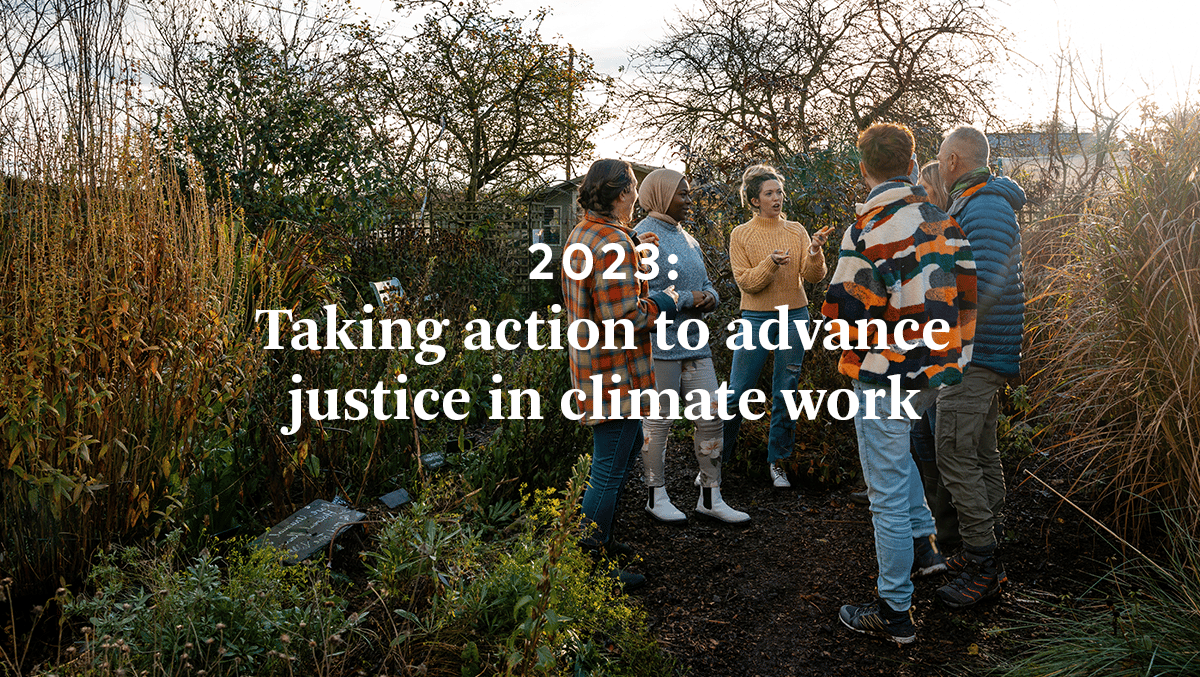
From our CEO: The time is now for corporate sustainability leaders to deeply consider human impacts, and embed environmental justice into climate action to help build a more equitable low-carbon future
It’s the start of another year, a time when many of us reflect on the past and envision the future we want for ourselves, our families, and perhaps the broader world. In my work, I’ve been struck by how much has changed since my cofounder Dan Kalafatas and I started working together 20 years ago. I’m amazed and grateful for how much the renewable energy market has matured, how much our clients’ climate goals and actions have scaled in response to the increasing urgency of the climate crisis, and how far our company has come: from a few people in the Bay Area selling renewable energy certificates in the U.S., to a global team of 300+ experts developing and delivering a comprehensive suite of corporate and utility climate solutions. So much has changed.
As I reread the last few lines of my message to you at the beginning of last year, I was also struck by what hasn’t changed for me. I got into climate work 20 years ago because I wanted to help save the planet and ensure a livable future for those who will follow me. Back in the beginning, I was thinking mostly about my own children and grandchildren. Today, it’s still about people, but I know that climate change doesn’t affect everyone equally. Marginalized people and communities experience bigger impacts from climate change than those with privilege. We need to work to fix this inequity while we transition to a low-carbon future.
So I want to call you to action this year: it’s time for businesses to get serious about focusing on people, communities, and justice as they advance their climate and sustainability work. It’s time to use our critical climate work to build a more equitable, regenerative economy, for all people.
What climate justice means to 3Degrees and to our work
Over the past several years, our team at 3Degrees has been exploring, learning about, and grappling with what it means to center equity and justice in the work we do. We’ve done a lot of reading and listening, prioritizing learning from directly impacted individuals who are part of grassroots community movements that have been working toward environmental justice for decades. There are a lot of complexities in how businesses can and should support these efforts, and there is no single roadmap for all organizations to achieve climate strategies that meaningfully advance environmental justice.
While the benefits of today’s climate action lie mostly in the future, the benefits of acting to repair social inequity can be immediate. This makes identifying actions that genuinely deliver both kinds of benefits at once a complex, creative task.
This complexity is part of why I’ve hesitated to talk about all of this publicly, because it felt like we needed to have a perfect answer and tidy roadmap first. But I’ve come to realize that seeking perfection is a great way to delay action, and the world needs first movers to get started and show others what this can look like!
So even though our concept of what it means to embed justice into corporate climate work is still evolving, I’m putting this out there: 3Degrees is seeking to advance a just transition through our work. This approach will evolve over time. We’re not launching a whole new suite of solutions. We’re starting with simple principles to ensure justice is centered in our current offerings as much as possible, and being intentional about it in developing new offerings. These principles are aimed to guide not only our own operations and decisions, but also our approaches and advice to help our corporate clients move toward action in climate justice-oriented work.
Principles to build justice into corporate climate action
1. State your intentions.
Meaningful action must start with a clear-eyed understanding of past and current impacts. When it comes to seeking justice in corporate climate work, each organization must get real about how their work, operations, supply chains, et al., have had a negative impact on people and communities. Similarly to greenhouse gas accounting, understanding your current impact on people is essential to understanding how you can do better.
Armed with information, it helps to document a justice-centered goal that connects your opportunities to create positive social outcomes with your company’s climate goals — it can also help to identify connections with preexisting goals on diversity, equity, and inclusion. Document and track progress to avoid getting stuck in complexity or uncertainty.
At 3Degrees, we documented a social mission that explicitly states our goal of pursuing the principles of a just transition through our work; we committed staff and budgetary resources to pursuing the goal; we explained the initiative to our team during an all-company meeting, and got started on specific actions to advance it.
2. Start action by listening to – and investing in – people on the front lines
Any company starting in climate justice work must listen first and look to directly-impacted individuals as leaders and experts in what actions can advance climate justice in their communities. With a goal or initiative in place, the next step is often to seek information and partnership from people and organizations doing work connected to your goal. It is critical that corporate representatives act with care in this outreach to avoid doing harm and coopting work; doing justice work for an organization must start with doing personal work to identify and work to overcome inherent biases, particularly for those of us with historically privileged backgrounds and identities. So do your personal work first, and then partner intentionally with the people and organizations that can guide you about what they need.
At 3Degrees, we set aside funds in our budget for teams to spend work hours volunteering, to make donations to organizations working to advance a just transition, and to donate consulting time with these organizations, like Rising Sun Center for Opportunity, which delivers green careers training to youth, women, people of color, and individuals in reentry in the Bay Area. These partnerships help us learn more about the people and organizations on the front lines, and understanding their challenges helps us identify opportunities to hone our own solutions and develop new avenues for our corporate clients to invest in and serve these and similar community-focused organizations.
3. Act with integrity, learn from mistakes, and build on experience
There is no one playbook or checklist for business leaders who want to make their climate action more justice-oriented. That said, more and more successful examples are emerging. We’re deploying more Peace Renewable Energy Credits (P-RECs), which are international renewable energy certificates (I-RECs) that support renewable energy projects that deliver positive social impacts in fragile, climate-vulnerable countries. The latest P-REC purchase funded the electrification of homes, businesses, and social institutions in the Ndosho neighborhood of Goma (more about the project here). It’s exciting to see more companies on the leading edge sharing their experiences, which we can all learn from. See these examples from Microsoft and Unilever, Starbucks, and Wipro.
At the same time, governing bodies are pushing for more standards and guidance to help us move toward more shared understanding of what’s needed and what success looks like: we’re engaged with B Lab’s Climate Collective and new efforts to build on their Climate Justice Playbook to guide business action. And just recently at the World Economic Forum annual meeting in Davos, researchers announced what they call “the first quantitative, science-based attempt to factor justice into the way we understand the environment and act to protect it.”
At 3Degrees, we are also exploring new and creative ways to leverage our financial commitments to environmental commodities to support projects that advance a just transition. I look forward to sharing more details this year as the work develops.
Onward – Working together toward a just transition in the climate fight
As we move forward in 2023, I am truly energized to pursue social equity in our climate work, and believe there is endless opportunity for companies to advance positive social outcomes in balance with profitability and other core business goals. Join us in bringing justice to sustainability work. Use your sustainability resources to explore ways to repair damage done, give power back to people and communities, and build a more equitable and healthier future for all people.
Onward, together – Steve

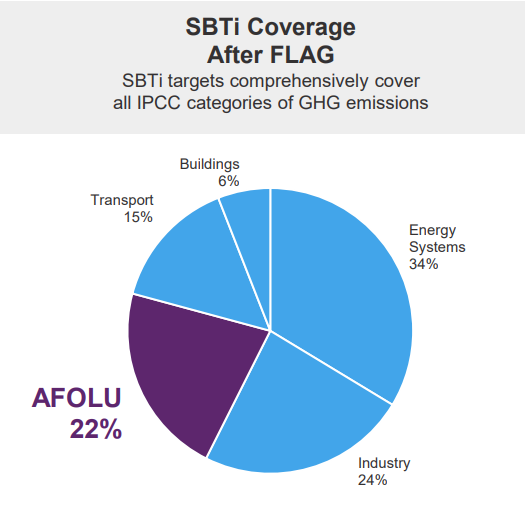
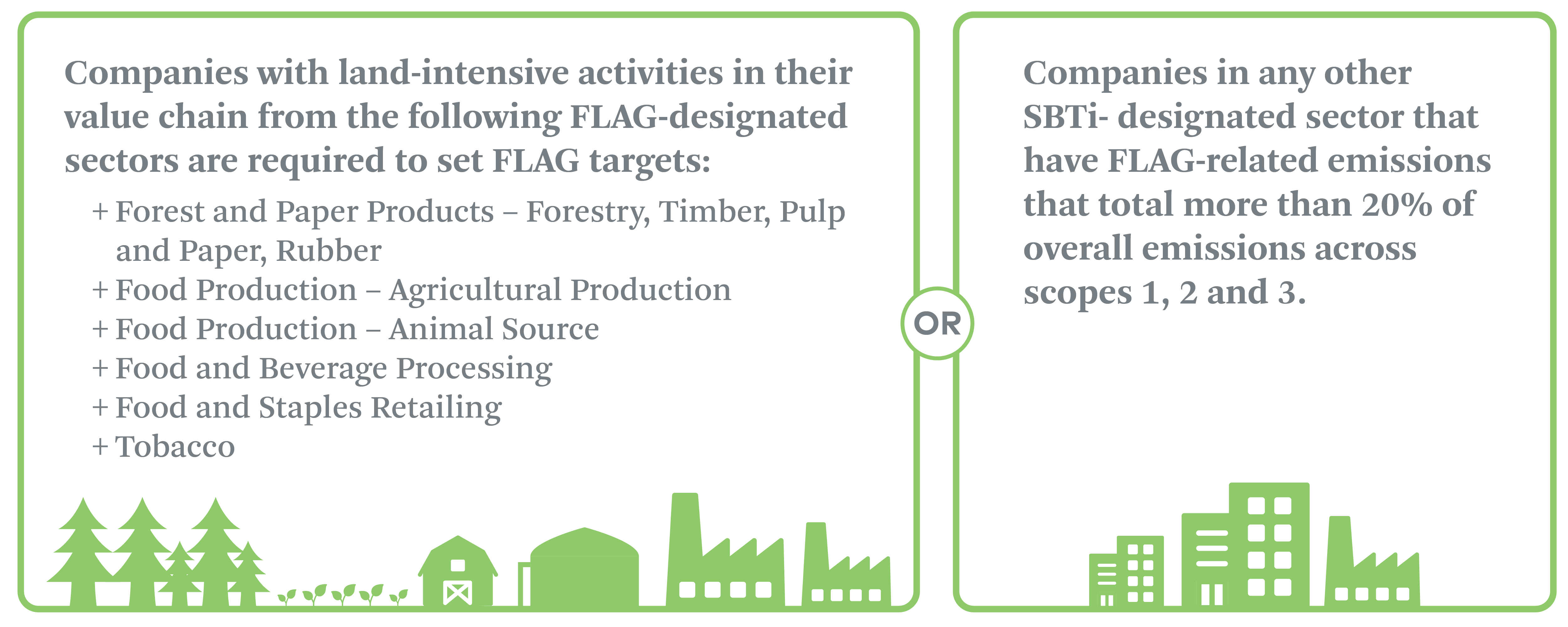
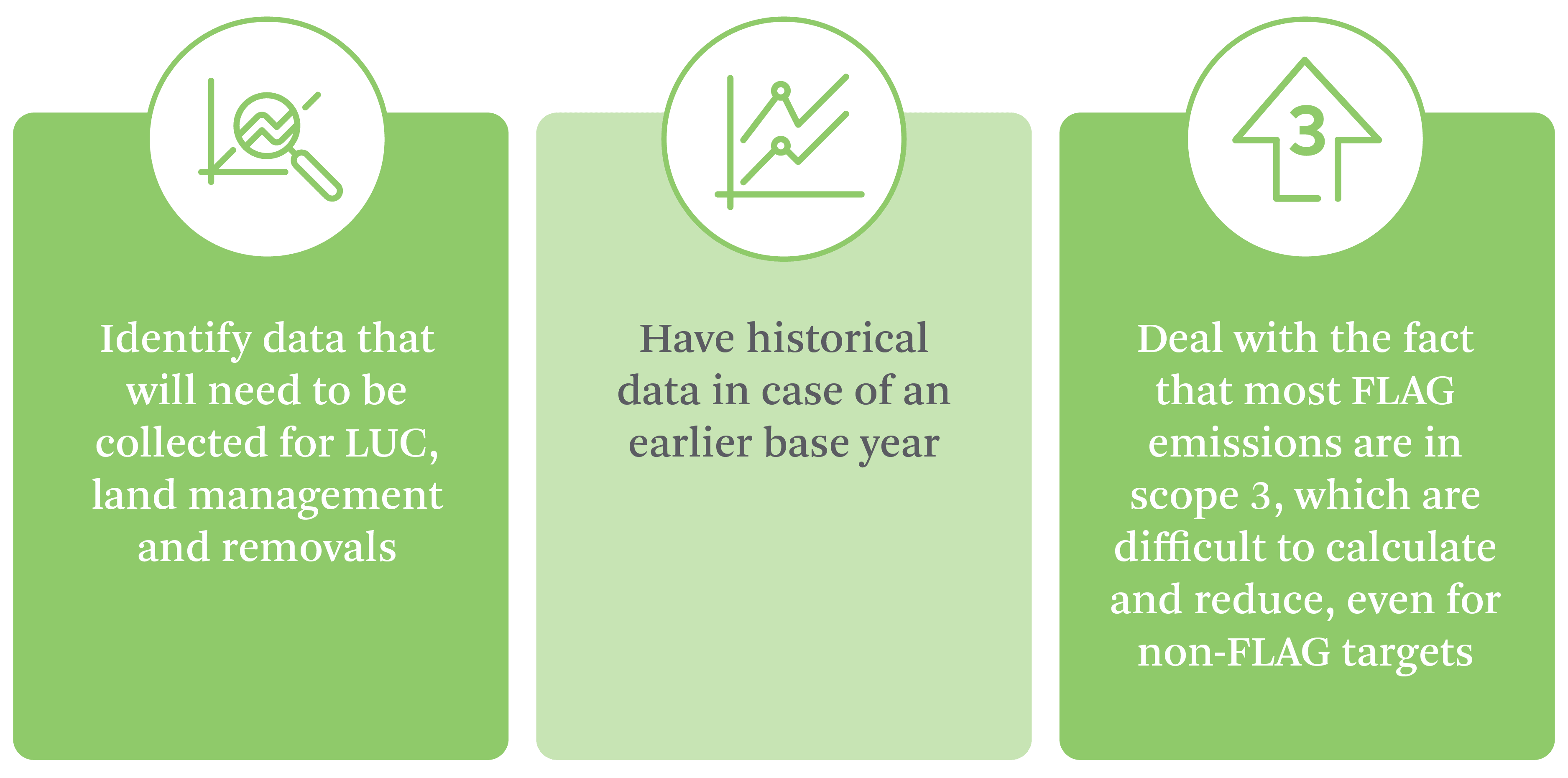

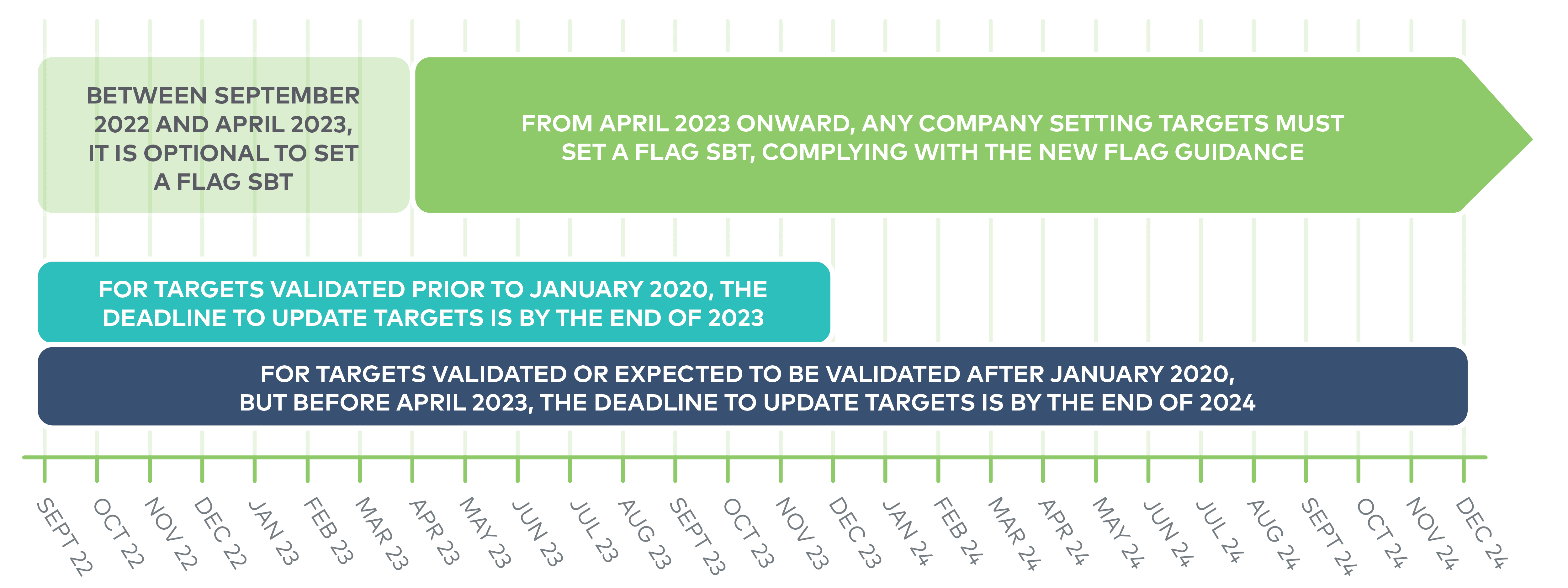


Recent Comments